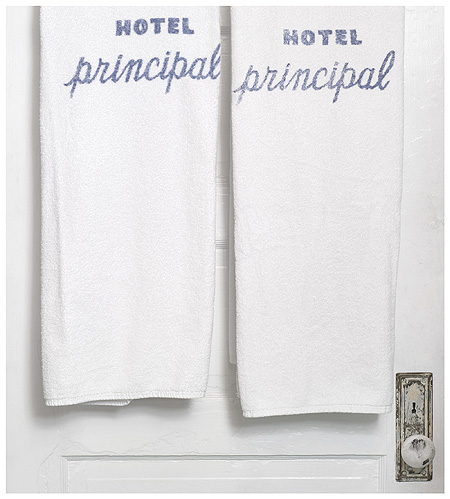What does it take to make an alternative?
Friday, November 14th, 2008
Originally in French, Gustave Affeulpin’s The so-called utopia of the centre beaubourg (1976) is a fictional report on the construction and operations of an art center underneath the Centre Georges Pompidou in Paris, France. Built in tandem with the museum that is internationally known as the “Pompidou”—native Parisians mostly refer to it simply as “Beaubourg”—the underground center that Affeulpin describes is not a copy but a double. Decidedly, not mimicking. Instead, co-existing. To present culture in its most incisive form, the infrastructure and organizing principles of this, the other center, must be collectively decided upon its public and its program progressively unfold in time, at the vision and inertia, so to say, of its constituents. Affeulpin uses the pseudonym “Albert Meister” to write a piece of fiction as a documentary account. The book is a vivid report on the life of a cultural place, and the inner-workings and mostly failings of an endeavor closer to a utopia blueprint than a concrete place.
The English translation of The so-called utopia of the centre beaubourg, this version subtitled with the tag-line “An Interpretation,” was done by visual artist Luca Frei. Luca’s version includes notes and images, in-between lines and as illustrations, on the construction of the Pompidou and the first publication of Affeulpin’s book. And, as the subtitle he tags on to the original suggests, his is not a straight transliteration of a text from one language to another. The published work claims to be a new work. Intentionality here is crucial. While the book remains a work by Affeulpin, its current manifestation—in English, in print, in distribution and discussion—is made by Luca, highlighting while raising a bit of speculation around appropriation, literary, and citationality, literally.
The so-called utopia of the centre beaubourg – An interpretation was co-published in 2007 by Book Works and CASCO, Office for Art, Theory and Design, Utrecht. The video here documents Luca Frei reading selected passages in the book, a program held on September 18, 2008 in conjunction to the Archaeology of Longing at Kadist Art Foundation in Paris.

